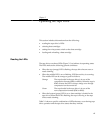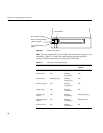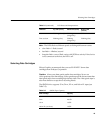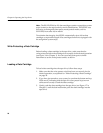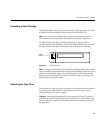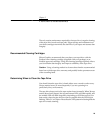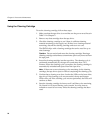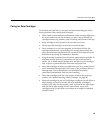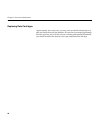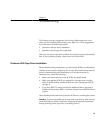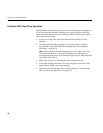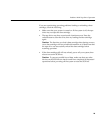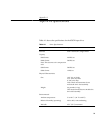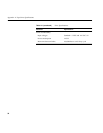
Caring for Data Cartridges
25
Caring for Data Cartridges
To maximize the shelf life of your tapes and assure data integrity, follow
these guidelines when storing data cartridges:
• Place a label or other reference information on the cartridge adjacent to
the write-protect switch. On the label, you may want to include the
cartridge number (log number), date of backup, and format of the tape.
• Keep cartridges in their protective boxes when not in use.
• Do not open the cartridge’s access door or touch the tape.
• Store cartridges in a cool, non-magnetic environment. Follow the
cartridge manufacturer’s specifications for storage temperature and
other environmental requirements. Do not allow the temperature and
humidity in the storage environment to fluctuate.
• Keep the storage location as free of airborne particulates as possible. To
eliminate obvious sources of particulates, do not permit anyone to
smoke, eat, or drink near the storage area, and do not store cartridges
near a copier or printer that may emit toner and paper dust.
• Store data cartridges as soon as possible after you have written data to
them. Immediate storage helps avoid many of the conditions that can
damage tapes, such as temperature and humidity fluctuation,
particulate contamination, and excessive handling.
• Store data cartridges with the write-protect switch in the protected
position (see “Write-Protecting a Data Cartridge” on page 20).
• Store each cartridge on one of its long edges, not flat on its side. When a
data cartridge is stored on its side, the tape inside the cartridge is
actually on its edge. In this position, stress is placed on the tape edges
and can lead to tape damage. For the same reason, never stack
cartridges on top of each other or lean them at an angle for extended
periods of time.



